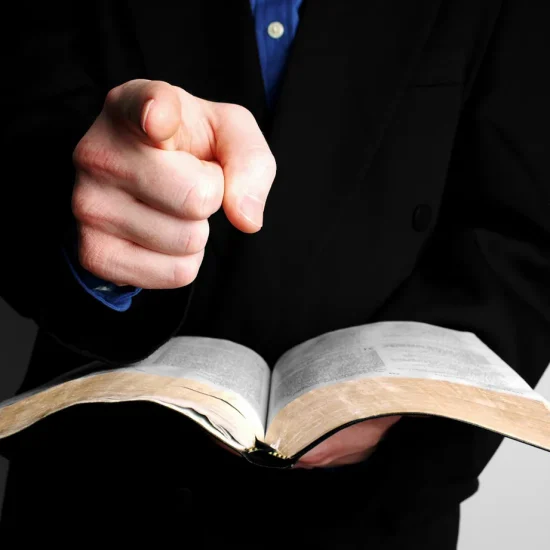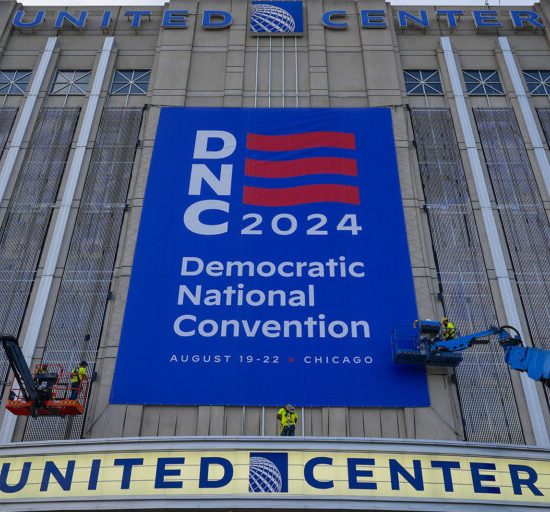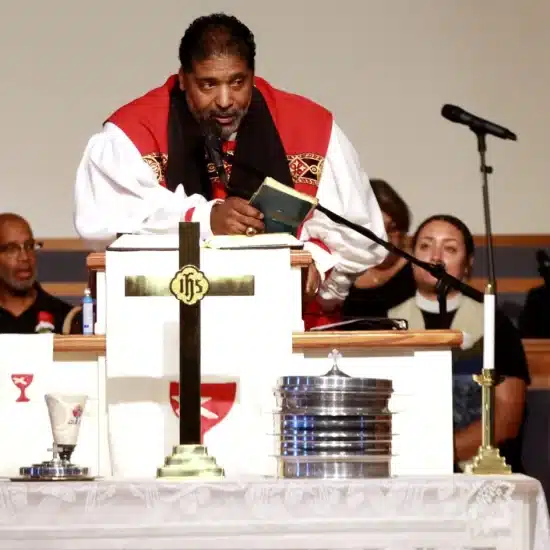VALLEY FORGE, Penn. (ABP)—As values voters both left and right weigh in on special interests from immigration reform to same-sex marriage in an election season, a lesser-known religious coalition is speaking up for Americans with disabilities.
The Interfaith Disability Advocacy Coalition is encouraging congregations and other religious organizations to make use of a new questions-for-candidates resource available online. The questions, for both federal and state offices, ask candidates to clarify their stance on issues including employment, educational opportunities and healthcare for 8 million persons with disabilities who currently rely on Medicaid.
Curtis Ramsey-Lucas, managing director of resource development for American Baptist Home Mission Societies, is on the steering committee of the Interfaith Disability Advocacy Coalition, a diverse, nonpartisan coalition of religious and religiously affiliated organizations seeking to mobilize the religious community to speak out and take action on disability policy issues with Congress, the White House and society at large.
In an issue of The Christian Citizen magazine devoted to the topic of disability ministry, Ramsey-Lucas editorialized that society is much more accessible and welcoming of people with disabilities and chronic health conditions than when President George H.W. Bush signed the Americans with Disabilities Act in 1990.
Much work remains to be done, however, especially in the area of employment, Ramsey-Lucas insisted. Two-thirds of Americans with disabilities who want to work are unemployed or underemployed, a number that has not changed since ADA’s passage.
The magazine also features an essay by Dick Thornburgh, former two-term governor of Pennsylvania who served as U.S. attorney general from 1988 to 1991 under Presidents Ronald Reagan and George H.W. Bush.
The article begins with a prophetic call to “do justice” in Micah 6:8 and describes Thornburgh’s own experience with a son who suffered extensive brain injury in an automobile accident and was left with intellectual disability in a car accident, and how it led him to combine his personal and political agendas when the ADA was signed into law July 26, 1990.
The magazine issue also reports about a statement of solidarity signed by Christian, Jewish, Islamic and Hindu groups committed to working through their organizations and with others to increase employment opportunities for people with disabilities.
Ramsey-Lucas offered suggestions to help congregations move from accessibility to inclusion.
• Begin where you are and work incrementally. Rather than tacking on a “special ministry” for people with special needs, churches can begin by talking with individuals and families about what they need and want and then taking a good look at what the church already offers. Another expert suggested addressing not only the needs of those who currently attend but also those who may have stopped attending due to physical challenges.
• Cultivate an accessible attitude. Ramsey-Lucas said becoming a congregation that welcomes and includes people with disabilities means not only increasing accessibility of the facility but also changing attitudes. He cited New York psychologist Elizabeth Fell-DeWalt’s observation: “It is in the best interest of any church’s disability outreach efforts to invest time in preliminary self-examination and consciousness-raising around the issue of disability.”
• Foster connections. As a microcosm of the community, congregations can help connect church members who are employers with people with disabilities who are unemployed or underemployed. They can also create employment opportunities in the church itself.
• Educate and advocate. Ramsey-Lucas encouraged congregations to join American Baptist Home Missions Societies and other members of the Interfaith Disability Advocacy Coalition to endorse and implement the Statement of Solidarity by the Religious Community Around Employment of People with Disabilities.
“These steps are only a few to consider as we work to expand opportunities for people with disabilities in our congregations and communities,” he concluded. “Others are suggested in the articles that follow. We hope you’ll be encouraged and inspired to respond as, together, we move from access to inclusion for people with disabilities in the common life of our congregations, communities and society.”






